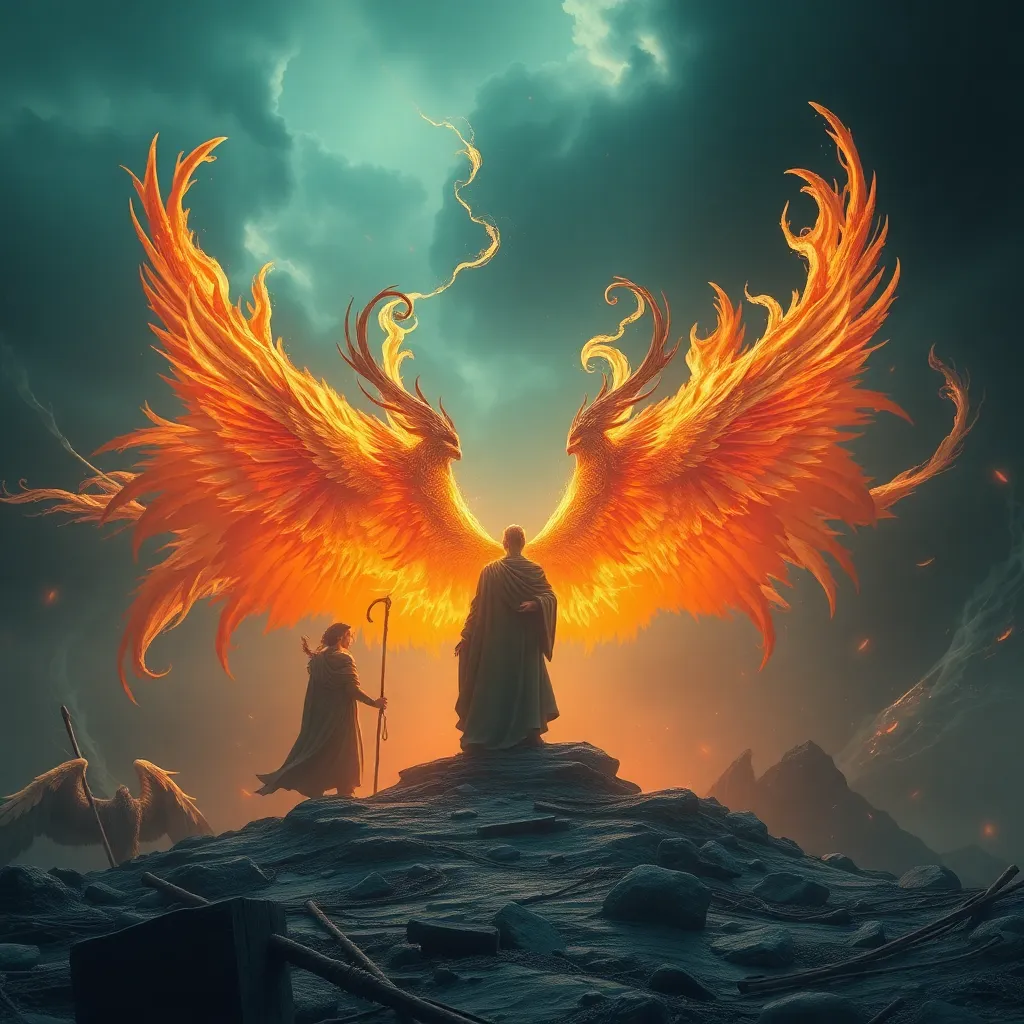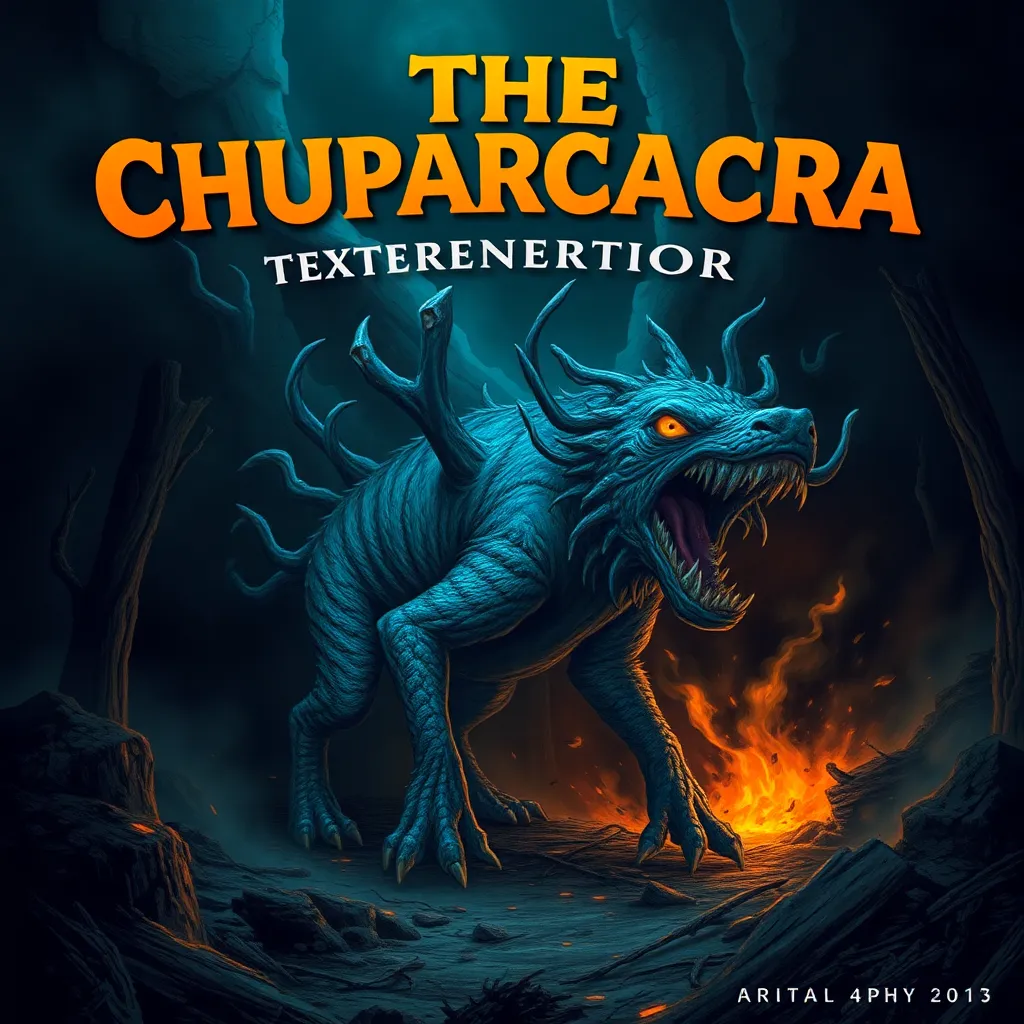The Ifrit and Their Enemies: Exploring Their Conflicts with Angels and Humans
I. Introduction
The Ifrit, often depicted as powerful and fiery beings, hold a significant place in mythology and folklore, particularly within Arabic tales. Traditionally associated with fire and chaos, these entities have been portrayed as both adversaries and allies in various narratives. This article will explore the conflicts between Ifrit, angels, and humans, examining the nature of these relationships and their cultural significance.
Understanding the conflicts involving Ifrit is crucial as they reflect deeper themes of morality, power, and the human condition. By delving into these stories, we can gain insights into the cultural values and fears that shape our understanding of good and evil.
II. The Nature of Ifrit
A. Characteristics and traits of Ifrit
Ifrit are often characterized by their fiery nature, embodying both destruction and transformation. They are typically depicted as strong, supernatural beings with the ability to shape-shift and wield great power. Their elemental association with fire symbolizes passion, danger, and unpredictability.
- Elemental association with fire: Ifrit are intrinsically linked to fire, representing both creation and destruction.
- Depictions in various cultures: While primarily rooted in Arabic folklore, Ifrit have appeared in Persian literature and broader Islamic narratives.
B. Role of Ifrit in mythology and literature
The historical origins of Ifrit can be traced back to ancient Arabic texts, where they are often considered a type of jinn. In Islamic tradition, Ifrit are known for their intelligence and strength, often serving as a metaphor for temptation and moral challenges.
- Historical origins: The concept of Ifrit originates from pre-Islamic Arabian culture and evolved through Islamic teachings.
- Significance in Islamic folklore: In Islamic stories, Ifrit are portrayed as beings that can either assist or hinder humans, often tested against the backdrop of divine will.
III. The Angelic Realm: Allies or Adversaries?
A. Overview of angels in religious texts and mythology
Angels are typically viewed as messengers of the divine, embodying purity, goodness, and order. In various religious traditions, they serve to guide, protect, and enforce divine laws. Their role often contrasts sharply with the chaotic nature of Ifrit.
B. The ideological clash between Ifrit and angels
The conflict between Ifrit and angels can be understood through the lens of cosmic order versus chaos. While angels represent divine authority and righteousness, Ifrit symbolize rebellion and the primal forces of nature.
- The concept of divine order vs. chaotic nature: This ideological clash highlights the struggle between good and evil, where Ifrit often challenge the established moral compass represented by angels.
- Specific stories illustrating conflicts: Tales such as the story of King Solomon, who commanded both angels and Ifrit, showcase dramatic confrontations between these entities.
IV. Human Interaction with Ifrit
A. Historical accounts of human encounters with Ifrit
Throughout history, humans have had complex interactions with Ifrit, ranging from fear to fascination. These encounters often reflect the broader human experience with the supernatural, where Ifrit symbolize both danger and the allure of untamed power.
B. The duality of fear and fascination
Humans have approached Ifrit with a mix of reverence and trepidation. This duality is evident in numerous tales where humans attempt to summon or control these beings.
- Tales of summoning and control: Various stories depict humans trying to harness the power of Ifrit, often leading to unforeseen consequences.
- Perspectives of humans as adversaries or allies: Depending on the narrative, humans can be seen as both victims of Ifrit’s wrath and as individuals who can negotiate with them.
V. Notable Conflicts and Their Outcomes
A. Key mythological battles between Ifrit, angels, and humans
Numerous mythological battles illustrate the conflicts between Ifrit, angels, and humans. These narratives often serve as allegories for broader themes of morality and human struggle.
B. Analysis of the consequences of these conflicts
The outcomes of these conflicts have had lasting impacts on various cultures and mythologies, often reinforcing societal values and fears.
- Impact on various cultures and narratives: The stories of Ifrit have influenced literature, art, and religious teachings across the Islamic world and beyond.
- Lessons learned from these encounters: Many tales serve to instill moral lessons about the dangers of pride, the importance of humility, and respect for the supernatural.
VI. The Symbolism of Conflict
A. Thematic interpretations of Ifrit versus angels and humans
The conflicts between Ifrit, angels, and humans symbolize larger themes of good versus evil, chaos versus order, and the struggle for power. These narratives reflect the complexities of human nature and the moral dilemmas faced throughout history.
B. The representation of good vs. evil in these conflicts
The depiction of Ifrit as chaotic beings often places them in opposition to angels, who embody divine goodness. This dichotomy serves to explore the nature of morality and the choices individuals face.
C. Societal implications of these mythologies
The stories of Ifrit have shaped societal beliefs about the supernatural, influencing how cultures perceive chaos, order, and the moral fabric of their communities.
VII. Modern Interpretations and Adaptations
A. The portrayal of Ifrit in contemporary media
In modern storytelling, Ifrit have found new life in literature, film, and video games, often reinterpreted to fit contemporary narratives.
B. Changing perceptions of Ifrit through literature and film
As society evolves, so do the representations of Ifrit. They are often portrayed with more nuanced characteristics, blurring the lines between good and evil.
C. The evolution of the conflict narrative in modern storytelling
Contemporary narratives often explore the complexities of the Ifrit-human relationship, showcasing themes of redemption, understanding, and coexistence rather than pure conflict.
VIII. Conclusion
In summary, the conflicts between Ifrit, angels, and humans provide rich narratives that explore deeper themes of morality, power, and human nature. These stories reflect cultural values and fears, revealing the complexities inherent in the struggle between good and evil.
The enduring legacy of Ifrit in mythology and modern interpretations highlights the importance of these narratives in understanding human beliefs and the challenges we face. As we continue to explore these themes, we gain valuable insights into our own nature and the world we inhabit.



